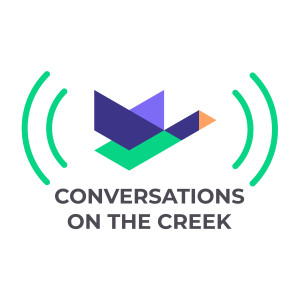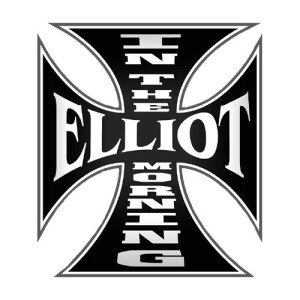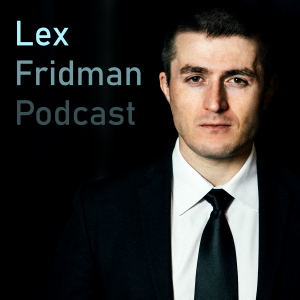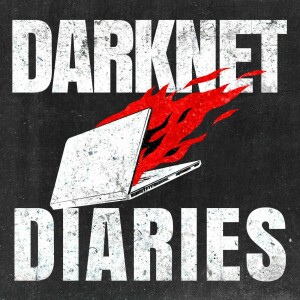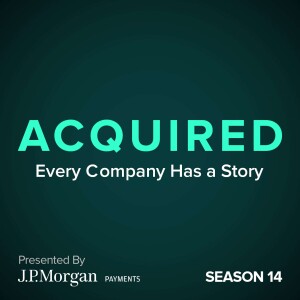

“There are at least four different versions of a process: how managers believe it operates, how it's supposed to operate, how it really operates, and how it could operate.” —Mark Richards
Introduction
This episode begins with beach envy and ends with facilitation mastery. In between: a sharp, field-grounded discussion about Value Stream Mapping—its purpose, practice, and perils.
Ali, Stephan, and Mark trace their own learning curves, revisit facilitation misfires, and offer clear-eyed advice to SPCs who want more than “a map on the wall.” They’re not trying to convince anyone that Value Stream Mapping is magic. They’re trying to make it useful.
Actionable Insights
From anecdotes and cautionary tales, here’s what emerges:
- Start with intent, not format. Mark opens the frame: “What are you trying to use this, the Value Stream Map for?” It’s a design question, not a tooling one.
Avoid detail spirals. Ali cautions against over-indexing on passionate specifics: “Even though they're valid, they're not that valid in that detail, in the grand scheme of things.”.
Don’t outsource ownership. Stephan warns, “It looked like a delegate workshop… that doesn't work.” The lesson? Delegates can prepare, but decisions require presence from empowered leaders.
Operationalize the map. Mark reminds: “Your Value Stream Map should become your Kanban… then you'd get your data for free.”
Highlights
Don’t Let the Map Derail the Dialogue
Ali recalls early workshops where things spiraled into endless details—some valid, some not.
“People are really passionate… even though they're valid, they're not that valid in that detail, in the grand scheme of things.” —Ali Hajou
Stephan agrees: the core challenge is “this competition between over-complication and over-simplification.”
Delegate ≠ Disengaged
Stephan names the trap bluntly: “It looked like a delegate workshop… that doesn't work.” But Mark reframes it. Delegates can help build the map—if the real decision-makers show up to own the outcomes. And those delegates must speak from real experience: “It’s their ‘aha’ moment that comes out of that.”
Mapping as Sensemaking
Ali offers a systems lens: Value Stream Mapping “is a trick to try to understand the system” as it really works—not just on paper.
Stephan builds on that metaphor: “Value Stream Mapping for me is this magnifying glass… your crime scene of inefficiency.”
Maps That Breathe
Mark’s closing gem is a pragmatic vision: when maps become systems, insight becomes flow.
“Your Value Stream Map should become your Kanban… then you'd get your data for free.” —Mark Richards
Conclusion
This episode isn’t about selling Value Stream Mapping. It’s about rescuing it.
From vague templates. From overzealous data obsession. From workshops that deliver nothing but fatigue.
And the biggest rescue move? Invite the right people. Ask the right question. Then let the map do its real job: show you what’s really going on.
More Episodes
All Episodes>>Create Your Podcast In Minutes
- Full-featured podcast site
- Unlimited storage and bandwidth
- Comprehensive podcast stats
- Distribute to Apple Podcasts, Spotify, and more
- Make money with your podcast

